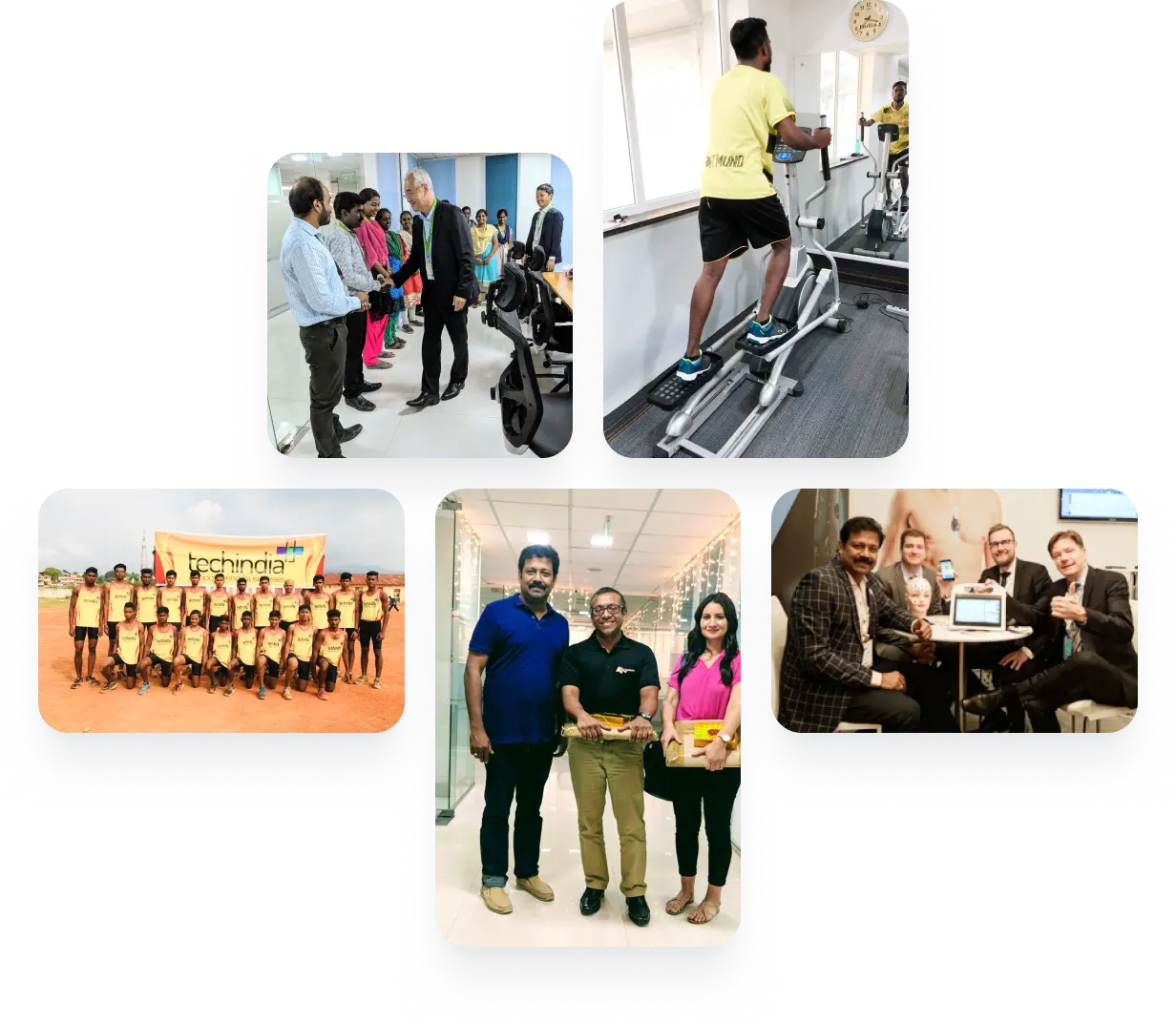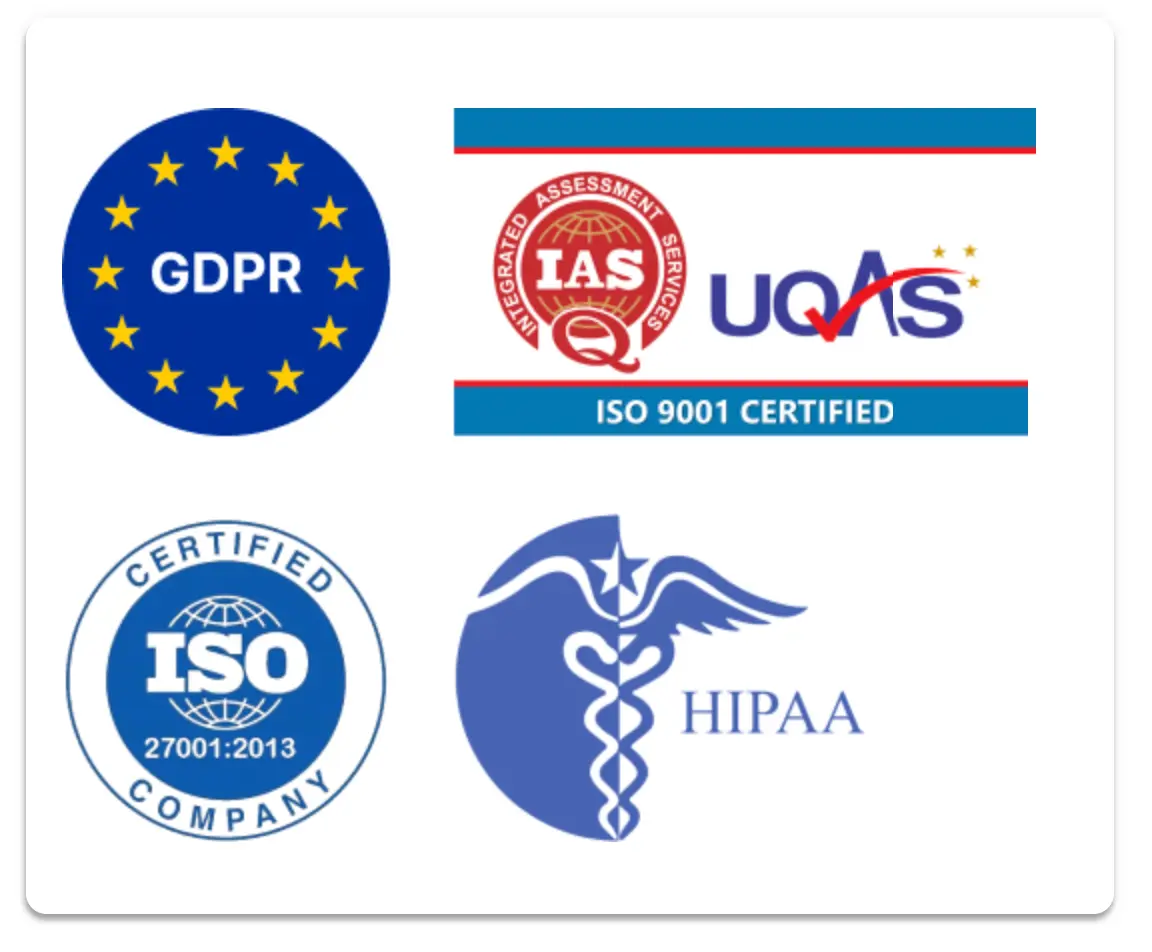Experience a revolutionary suite of services, powered by cutting-edge AI technology, that is transforming the cardiac care ecosystem.
With unparalleled precision and ease, our services provide unmatched accuracy and efficiency that are second to none.
Join us today and revolutionize your cardiac care experience.
The best results accrue from working together in a mutually respectful partnership with colleagues and customers. We demonstrate our accountability via fact-based insights and prompt service delivery.
This sense of integrity extends to the community we work with and includes ourselves.

At Techindia, we take patient confidentiality, data security, and ethical practices very seriously. Our platform, products, and services comply with all relevant regulations and standards, and we are confident in our ability to meet the highest standards of excellence in everything we do.
You can trust us to deliver top-quality services and build strong partnerships with our patients and partners.

The Academy offers top-tier Arrhythmia analysis (CCT/CRAT-CCI, U.S.A.), Sleep analysis & monitoring (R.P.G.S.T., U.S.A.) education. Our advanced technology and rigorous in-house training ensure accurate and reliable care from our medical professionals.
Learn more
Healthcare monitoring is constantly evolving to meet demands. Accuracy, more precise diagnostics, and outcome-driven analysis and recommendations are crucial for optimal care.

This institute serves as a beacon of excellence, shaping and producing world-class service providers dedicated to delivering the highest standards of care.
